Nikon D3x vs. D700 Landscape Comparison
Having read various reviews evaluating the additional contribution of a 24.5 megapixel Nikon D3x vs. a 12 megapixel Nikon D700, I wanted to perform a test for myself on how the additional megapixels affect a landscape print measured 13 x 19 inches. I was unsatisfied with tests shown on the web, a few of which downsampled images for comparative purposes. Why buy a Nikon D3x only to downsample it? If anything, the challenge is to up-sample the D700 to match what the D3x can do. Since I print 13x19 images often, I wanted to understand how these two cameras would compare in that output size. I recognize that this is probably the 'smallest' size where a difference may meaningfully arise - but I wasn't sure what, if any, differences would be noted at this size, thus my desire to test.
Below is a summary of my test. My test goals are narrow to match my purpose of a 13x19 print, and as such may not match your desired test goals between these two cameras. I likely missed some factors that would improve this test, but I am satisfied with the information provided to me thus far.
Test Goals:
1. Take a landscape picture that contains a lot of detail with the Nikon D700 and Nikon D3x.
2. Follow a simple workflow to develop a 13x19 print.
3. Compare results and see what kind of a difference I visually observe on a 13x19 print with minimal original image cropping.
Test Conditions:
1. Both cameras set on a sturdy tripod.
2. Both cameras used the same lens, a Nikon 24-70mm f2.8 set at 24mm.
3. Both cameras set to RAW, 14 bit mode.
4. Both cameras set to f11.
5. The D700 set to ISO 200, its lowest standard setting, and the D3x set to ISO 100, its lowest standard setting. While these settings difer, my goal was to establish what each camera can do in an optimal landscape setting, so therefore I set each camera's ISO to its optimal baseline. This test is not intended to explore high ISO capabilities as I have noted the D700 easily wins in the high ISO realm.
6. Both images were taken within 5 minutes of each other in overcast and similar lighting conditions.
7. Both cameras focused on the same exact spot (I did use autofocus).
RAW Processing:
1. Both image files were opened in Photoshop CS5, set to a color temperature of 5100.
2. No other RAW options were adjusted from defaults.
3. For the D700 exposure was 1/6th of a second, for the D3x exposure was 1/3rd of a second. This follows the D3x ISO being half of the D700 ISO.
Photoshop CS5 Workflow:
1. I enlarged the D700 image by 168% so that I could cover a 13x19 area at 360 DPI. I used bicubic smoother (recommended by Photoshop for enlargement).
2. I enlarged the D3x image by 118% so that I could cover a 13x19 area also at 360 DPI. I used bicubic smoother.
3. I found the center of the images slightly bright (but not blown out) and adjusted both images by setting the levels midpoint to 81. I don't see this as impacting the test for my purposes. The same adjustment was made for both images.
4. I printed the images on an Epson Stylus Pro 3800 printer using same paper and profile.
Findings:
1. Upon casual examination, dynamic range, color and overall appearance is very very similar.
2. Upon closer inspection, the D3x provides additional definition detail that is lightly blurred in the D700 image. I labeled the back of each print, and can consistently point out the greater detail found on the image generated by the D3x camera.
My conclusion:
1. At 13x19 inches, assuming little to no cropping, it takes pretty close inspection to identify the additional detail gained by the D3x, but it is visible.
2. At anything greater than 13x19 inches, or if cropping is required to support an image of 13x19 inches, the additional advantage of the D3x will become increasingly visible under the lens, ISO, and f-stop combinations I evaluated.
Sample images:
1. Below are six images. The first two are downsampled images representing the entire composition to give the viewer an overall impression of the image taken. I reduced the image to 900 pixels wide so that it could be displayed on the web. Using photoshop, I saved as JPG at 60 quality to keep file size reasonable.
2. The second two images represent fulll pixel crops, 900 wide, of the resized image that would be submitted to the printer - that is, they underwent the enlargement as described in my workflow above to reach an area of 13x19 at 360 DPI. These have been saved as a JPG with 80 quality to keep file sizes reasonable for web display purposes. Because they were resized to match 13x19 inches at 360 DPI images 3 and 4 have similar fields of view.
3. The final two images are 900 pixels wide, full pixel crops with no resizing actions, that is, the workflow is restricted to opening the RAW file, adjusting the midpoint in levels to 80 as described above, and cropping towards the center for 900 x 600 pixels. Because each camera has a different density of pixels in its full size sensor, the D3x will have a different field of view.
4. On visual inspection, the D3x results show greater detail definition from the workflow documented above. The results aren't dramatically different, showing the D700 to be highly capable, however, the D3x does exhibit an advantage.
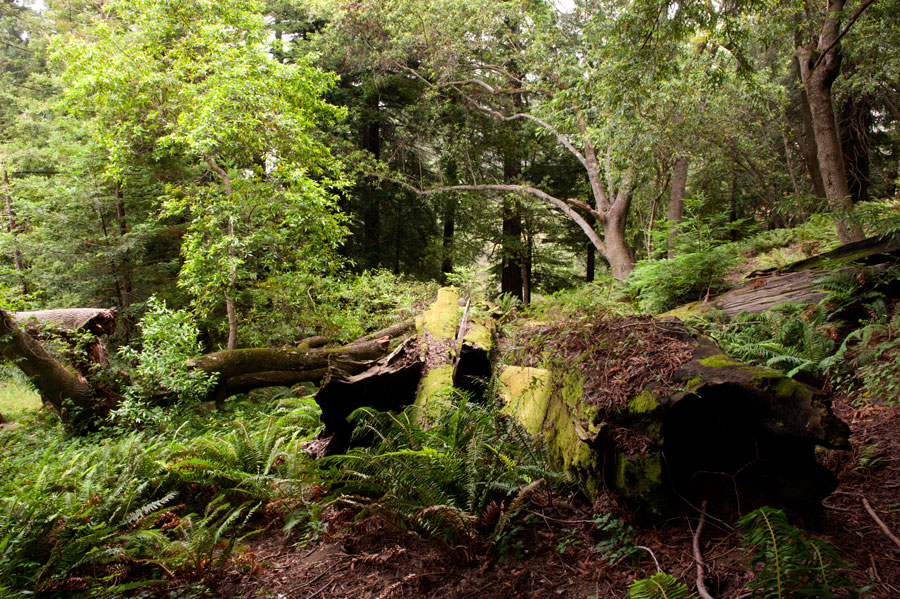
Downsampled D700 image of the full composition.
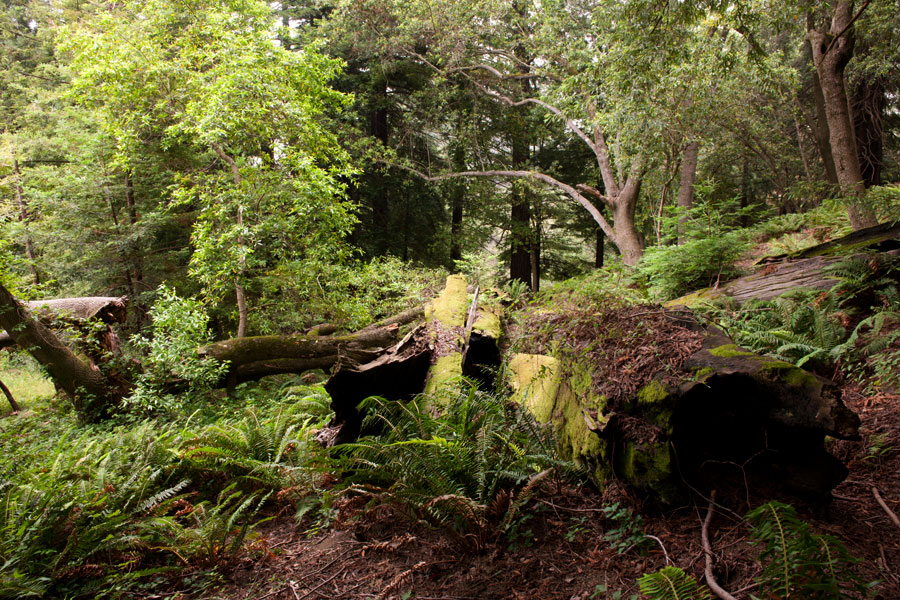
Downsampled D3x image of the full compositiom
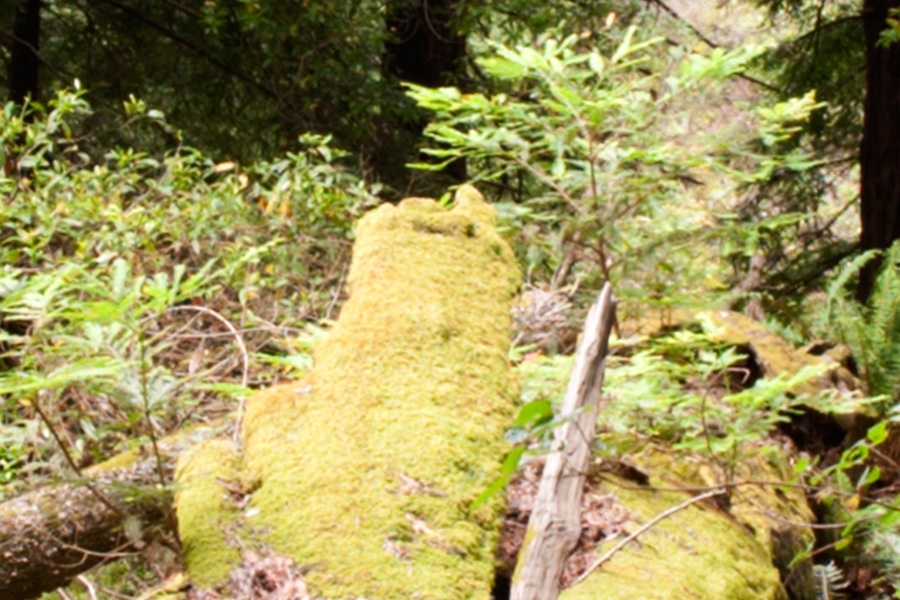
D700 full pixel crop (Image resized to cover 13x19 at 360 DPI).
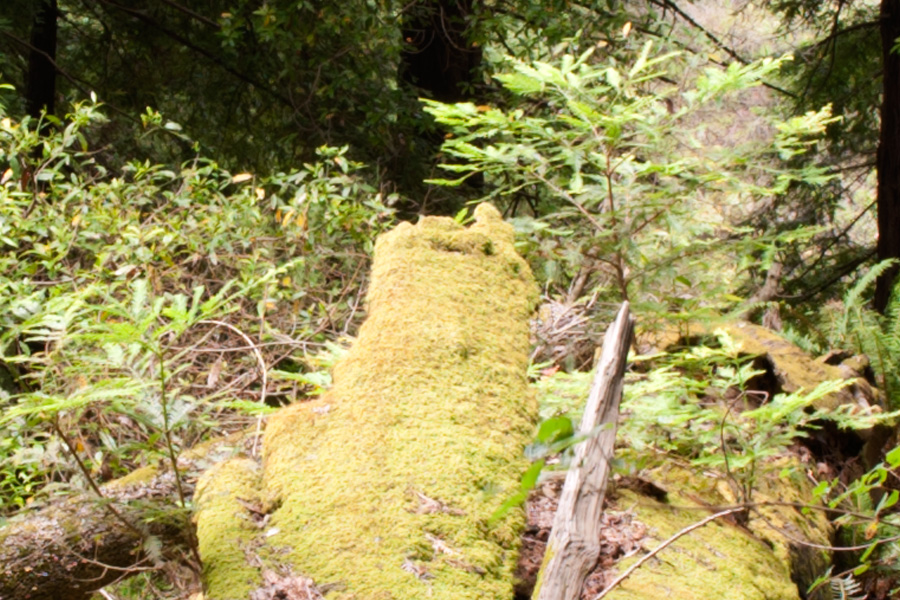
D3x full pixel crop (Image resized to cover 13x19 at 360 DPI).
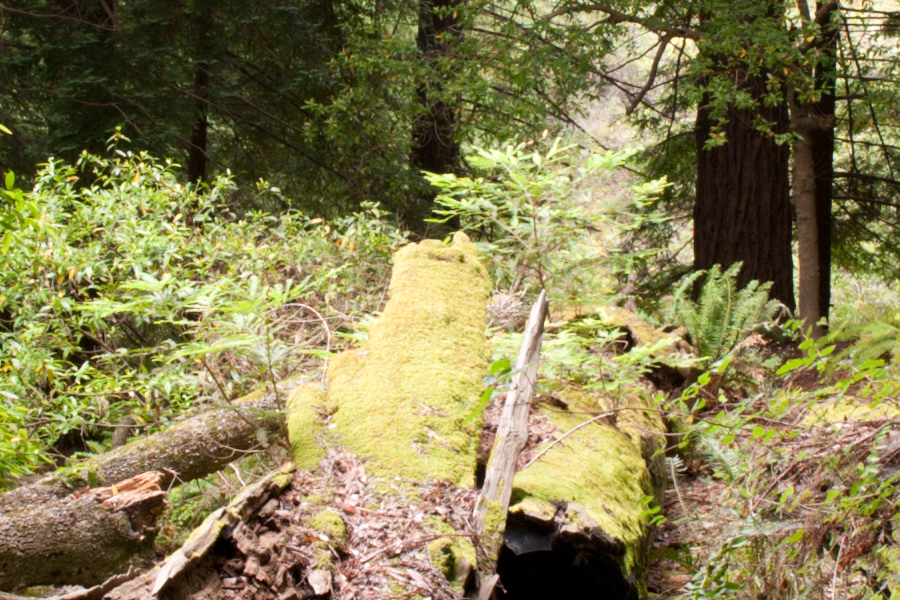
D700 full pixel crop with no resizing.
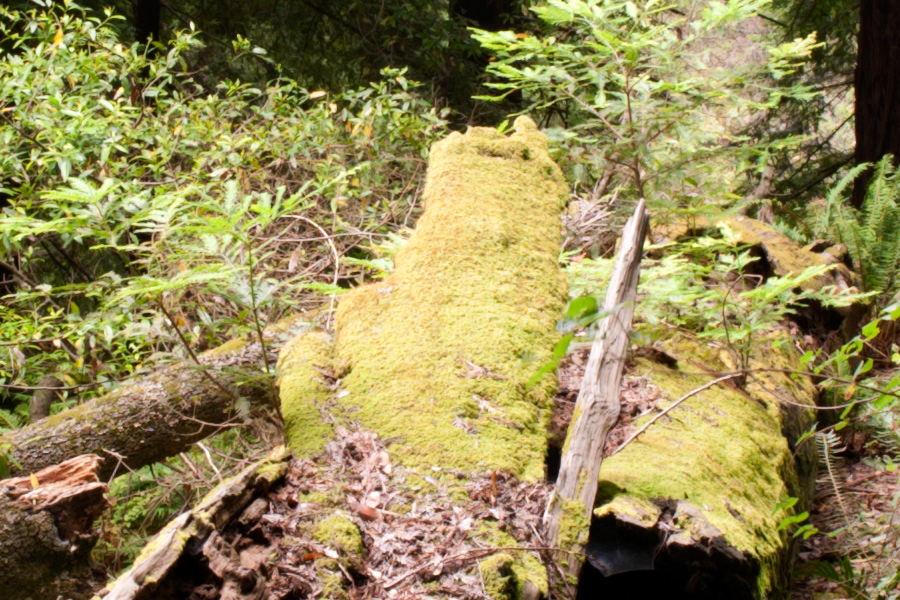
D3x full pixel crop with no resizing
© 2010 John Miranda